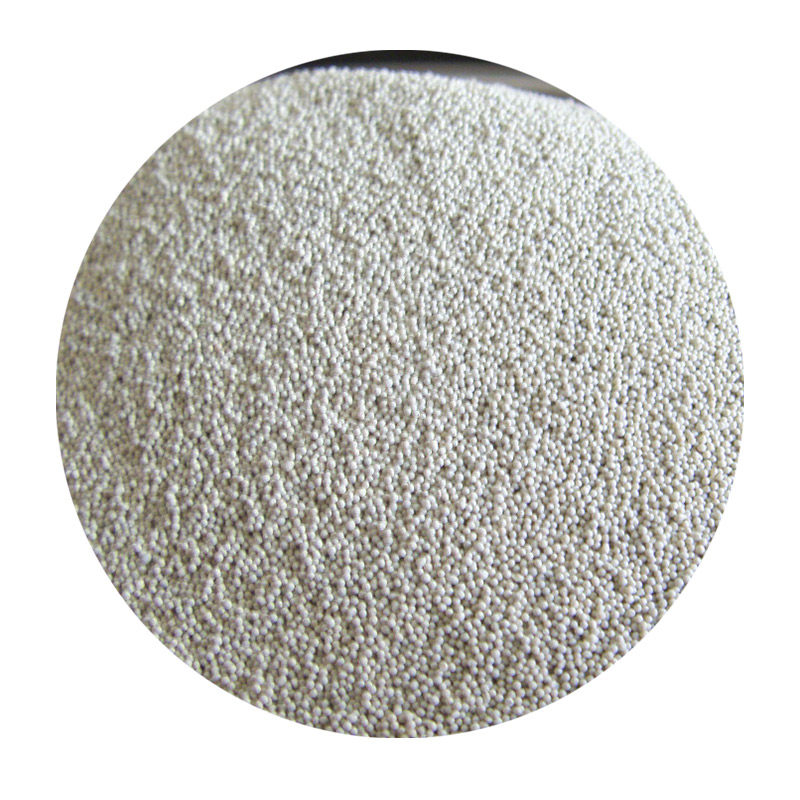The Importance of Foundry Sand Recycling
Foundry sand, a valuable byproduct of metal casting processes, plays a critical role in the manufacturing industry. However, its disposal has become a significant environmental concern due to the volume generated and the potential for pollution. As industries strive for sustainable practices, foundry sand recycling emerges as an essential solution not only for waste management but also for resource conservation.
Foundry sand is primarily composed of silica, which is used in the casting process to create molds and cores. Each year, millions of tons of spent foundry sand are produced as a result of metal fabrication processes, primarily from ferrous and non-ferrous foundries. Historically, the disposal of this sand involved landfill, contributing to land degradation and exposing surrounding ecosystems to harmful contaminants. As regulatory scrutiny increases and environmental awareness grows, the recycling of foundry sand has gained traction across various sectors.
Recycling foundry sand presents numerous environmental and economic benefits. Firstly, by recycling this material, companies can significantly reduce their waste footprint. Instead of sending spent sand to landfills, many foundries have adopted recycling practices that allow the sand to be cleaned, processed, and reused. This not only helps in waste reduction but also minimizes the extraction of new raw materials, thus conserving natural resources.
foundry sand recycling

Moreover, recycled foundry sand can be repurposed for several applications. One of the most common uses is in construction projects, where it can replace traditional sand in concrete and paving, providing added strength and durability. Additionally, recycled foundry sand is utilized in various applications, such as in the production of asphalt, land reclamation, and as a base material for roads. Utilizing recycled materials in construction not only helps in reducing project costs but also enhances the sustainability of the building process.
From an economic perspective, foundry sand recycling can also lead to significant cost savings for foundries. By reusing sand, companies can lower their raw material costs and reduce expenditures associated with waste disposal. This transition contributes to the overall efficiency of production processes, ultimately resulting in increased profitability.
Furthermore, the recycling of foundry sand aligns with the principles of a circular economy, which emphasizes the importance of reducing waste and maximizing resource use. When processes are designed to close the loop on materials, industries can create sustainable systems that not only benefit the environment but also provide economic returns. Industries embracing this approach can also improve their corporate image, demonstrating their commitment to sustainability and responsible manufacturing.
In conclusion, foundry sand recycling is an innovative solution to a growing environmental challenge. By adopting sustainable practices for managing spent foundry sand, industries can significantly reduce waste, lower costs, and contribute to the conservation of resources. As the manufacturing sector continues to evolve, the emphasis on recycling and waste reduction will be vital in driving a more sustainable future. The integration of foundry sand recycling into industrial practices offers a win-win scenario for both businesses and the environment, paving the way for a more responsible and resilient manufacturing landscape.
Post time:নভে. . 07, 2024 14:13
Next:Mitigating Foundry Sand Contamination for Improved Casting Quality and Environmental Compliance
